
The Great India Drive Part 2: Driving a Hyundai Creta from Delhi to Bhutan
Last month we brought you the first part of our Great India Drive, as we drove from the Thiksey monastery in Leh to the Capital. Well, this time we’re crossing the border to the Mountain Kingdom of Bhutan as we head to the magical Tiger’s Nest monastery.
Last month we brought you the first part of our Great India Drive, as we drove from the Thiksey monastery in Leh to the Capital. Well, this time we’re crossing the border to the Mountain Kingdom of Bhutan as we head to the magical Tiger’s Nest monastery.
As I drove into office that morning, I saw a shining Hyundai Creta parked at the entrance. The SUV gave no hint that it had just made its way here over more than a thousand kilometres – not to mention while traversing over some of the harshest terrain in the world. As you may have read in our previous issue, Dhruv and Ashish had just driven this particular car all the way from Leh, across snow covered mountain passes, to New Delhi. And now it was Kapil and my turn to complete the second leg of this journey that would end beyond India’s border in Bhutan!
Our Great India Drive journey was spread between Thiksey monastery, just outside Leh, to the mystical Tiger’s Nest monastery in Bhutan. When it comes to monasteries, there is something about peace and tranquillity in those places that I just can’t put my finger on. Perhaps this has something to do with how quiet monasteries are – allowing you to feel some sort of spiritualism. And since tranquillity is a word you can’t associate with New Delhi, I was only too happy to get behind the wheel of the Creta and drive away from the bustling capital of India.
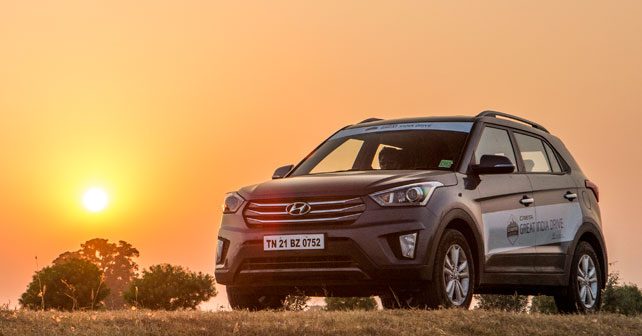
As the Creta rolled out of office, I noticed just how smooth a car this was. This 1.6 litre engine has always been good on the power delivery front, and the conventional six-speed automatic gearbox doesn’t let it down either for the most part. Under normal driving conditions, gear changes are more or less spot on and the overall drive experience is a really seamless one.
Driving out of Delhi on day one, we headed to Varanasi for the night. The route was flawless, consisting of absolutely brilliant expressways. Thanks to the Creta’s smooth driving manners, the kilometres just breezed past. If I had one compliant, it was that the Yamuna expressway doesn’t really have the best food joints. While some of the items on the menu looked dicey, others were just about edible. Now, this isn’t really a problem with me but, as I learnt, Kapil is quite picky about his food. We grabbed a quick bite, and were back on the road towards our overnight destination of Varanasi – and better food hopefully!
Soon, we were at the brilliant Allahabad bypass road, which has some really well banked corners on what is a wide sweeping road with little traffic. While there isn’t much in terms of scenery here to enjoy, the Creta was really coming into its own at triple-digit speeds.
As darkness fell, we entered Varanasi and headed straight for our overnight halt in Hotel Nirvana – perhaps aptly named in one of Hinduism’s holiest cities. The hotel is clean one, and although food is decent it’s nothing to write home about. A big plus point of staying there, though, was the fact that it’s conveniently located at a market where it’s easy to get more or less everything you may need. So, we picked up all sorts of packaged food that we could carry and a carton of bottled water – which is a must.
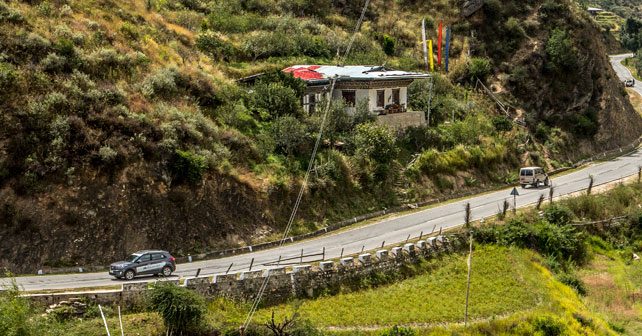
The next morning we were up and about before sunrise as we had another long journey ahead, and we had heard that the roads in Bengal weren’t in the best shape. As we left the city, we were reminded of the holy nature of the place by a swarm of pilgrims heading for the ghats.
The roads once again were really impressive, and we covered large distances at a brisk pace. The only thing that would slow us down quite a bit at times was the need to pay numerous tolls along the way. And while I’m all for paying tolls for the betterment and maintenance of road infrastructure I do wish there some way to streamline payment and collection of toll in order to reduce travel time.
Nevertheless, we were in and out of Bihar and Jharkhand before we even knew it. The roads are very good there as well. And contrary to belief and rumours, much to our joy we discovered that these two states are not that bad at all to drive through – with decent dhabas (read: clean and fresh food) and friendly faces.
It was all going well till we entered West Bengal. Soon after crossing Asansol, we didn’t take the best route to our next overnight halt of Siliguri by straying onto NH34 – which was in terrible condition, causing even the Creat’s generous 183mm ground clearance to fall short at one instance. Secondly, there was a jam of trucks that ran for kilometres. And to make matters worse, we didn’t find even a single dhaba where we could stop. We survived the entire day on fruits, water and biscuits. We even had to follow some local SUV drivers, and copy their reckless driving manners (most of it off-road) to make our way to NH31 – which we joined a little ahead of the town of Kishanganj.
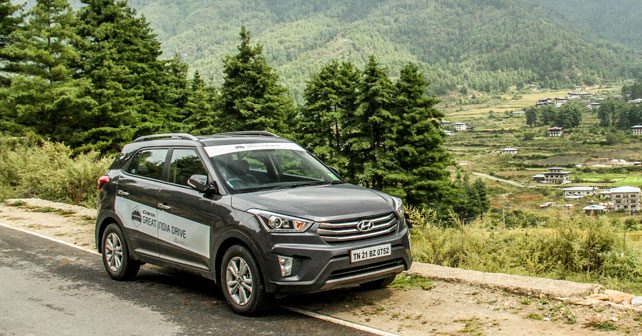
Once on the better NH31, Kapil went off to sleep and I drove along the absolutely empty highway towards Siliguri. I was grooving to my favourite tunes on the Creta’s stereo (which I must add comes with a good set of speakers) and enjoying having the entire road to myself. And before I knew it, we entered Siliguri at 3am on the dot. We tried to buy some fuel at a pump and catch some sleep there but got kicked out. I suspect it had something to do with how weary (and groggy, in Kapil’s case) we looked. The guy must have thought we were overnight car robbers. But our luck turned for the better when another pump attendant in a different fuel station was kind enough to let us park and catch a catnap.
But this time Mother Nature was less kind, and an hour later it really started pouring cats and dogs. Now we couldn’t even sleep in the car with the windows open. So, we decided to ditch the nap and continued onwards to Jaigaon.
A new day was born with the sun rising over a rain soaked part of West Bengal, as we drove through the calm and serene Mahananda forest area ahead of the coronation bridge. Driving past the forest and some tranquil tea gardens, we managed to grab a cup of tea and a few egg-based dishes at a dhaba. There isn’t much on the route in terms of eateries or accommodation, and whatever little there was hadn’t opened for the day.
Soon enough, though, we were at the town of Jaigaon. It’s a busy place and messy too. The civic bodies don’t seem to attach much importance to the cleanliness of the streets here. However, it’s at the majestic entry gate for Bhutan at the border town of Phuntsholing where things change.
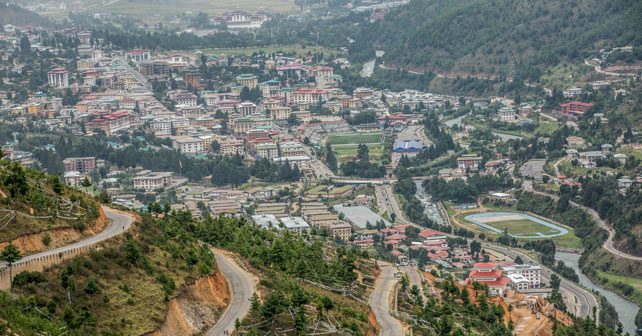
Bhutan is a land of very strict law and order. And you can sense it in the air as soon as you cross the border. Everyone here follows traffic rules and one-way roads by the book. We parked just as we crossed the border and went in to the immigrations department only to be pleasantly surprised at just how diligent Bhutanese officials are at doing their work. With a smile on their faces and swift work ethics, we were out of immigrations counter before we knew it and were now permitted to travel across Bhutan. However, the Creta still wasn’t – as we first had to get an international vehicle permit. But we got this done in a jiffy too, thanks to the excellent work culture and friendly nature of the Bhutanese people.
With that done, we quickly headed upwards for Paro through the kingdom’s winding roads. Interestingly, the roads here are built by the Border Roads Organisation of India (under project Dantak). The route was dotted with home stays and restaurants inside people’s houses. We stopped at one such place, and I was thrilled to see the menu of the day that listed pork and dried fish with rice and dal! After having driven through West Bengal virtually on an empty stomach, we gorged on some absolutely delicious food.
The rest of the drive was quite uneventful, as we entered the town of Paro after sunset. But, my God, what a picturesque town this was! All the houses in the town are constructed according to Buddhist architecture, which really gives this place a lot of grandeur. We called it an early night after 48 hours on the road, but not before shopping for local merchandise – including some very nice handicrafts.
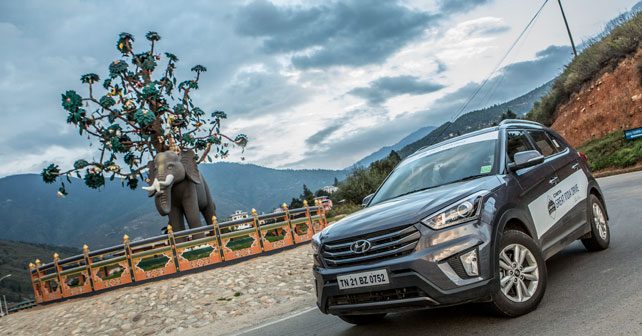
The next morning we woke up quite early and drove just a few kilometres out of town to catch a glimpse of the majestic Tiger’s Nest, which is nestled on a cliff-side that overlooks Paro from a distance. Not too far away were the Drukgyel Dzong ruins – so we took the opportunity to climb right to the top. We might not have been able to hike it to the Tiger’s Nest this time (that’s the only way to get there), but even at the ruins there was an air of calmness. It’s that same sense of tranquillity that I was referring to at the beginning of this story.
But our road trip was not over yet, as we then quickly drove to the capital of Bhutan – Thimpu. We had enough time to just visit the commercial area of town, which has some nice handicraft shops and, of course, great restaurants.
Befitting the title of this epic drive, we decided to end our adventurous road trip in a ‘Great’ manner by concluding the journey at the mighty Buddha Dordenma statue situated atop a hill in the Kuenselphodrang Nature Park in Thimpu – which, incidentally, happens to be the tallest Buddha statue in the world.
Our journey from New Delhi had been a drive to remember. We had many adventures, and met many wonderful people. We came across a variety of terrain, but what remained constant was the Creta. When the Creta was launched, I wasn’t so sure about how Hyundai’s new SUV would fare against the Renault Duster. But this road trip has really underlined the Creta’s core strengths – a comfortable ride, spacious cabin and smooth powertrain that carried us in complete comfort and in a totally hassle-free manner. What Hyundai has here, then, is another bestseller!
Also read Leg 1 of the journey here - Driving a Hyundai Creta from Leh to New Delhi
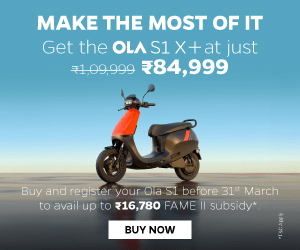

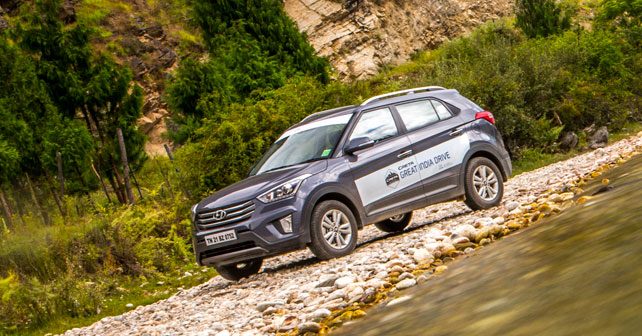

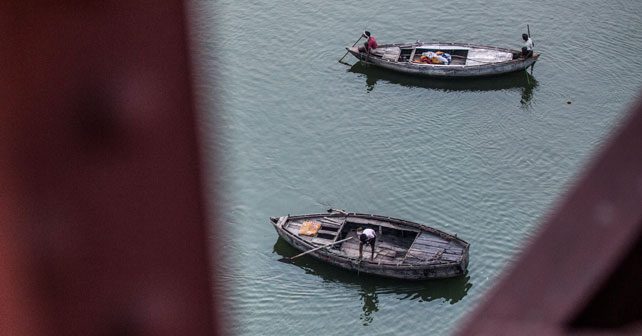
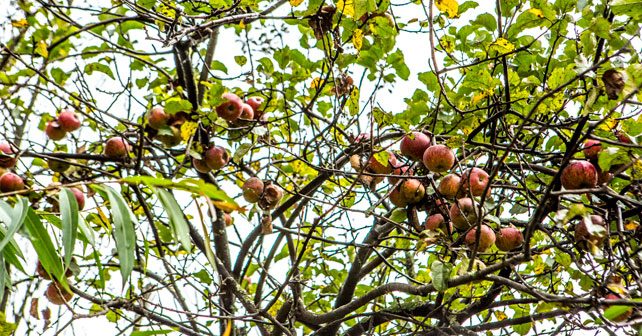
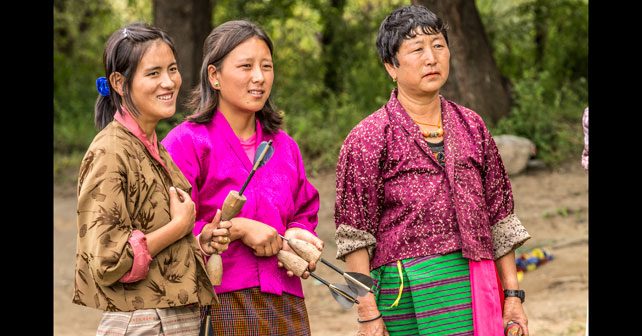

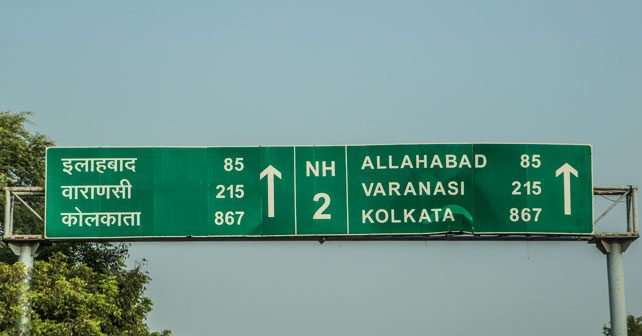
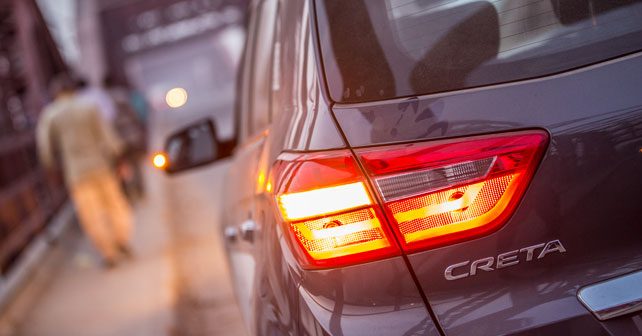
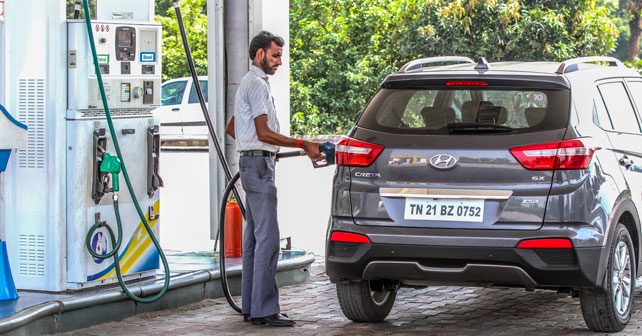
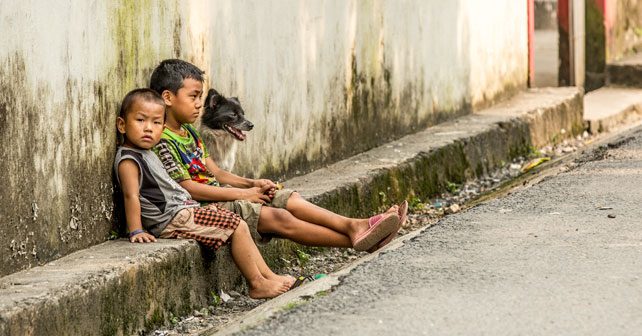
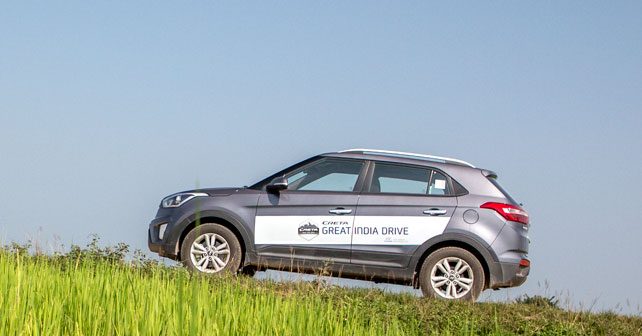
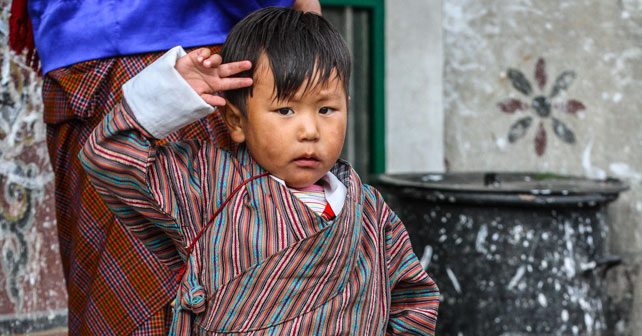
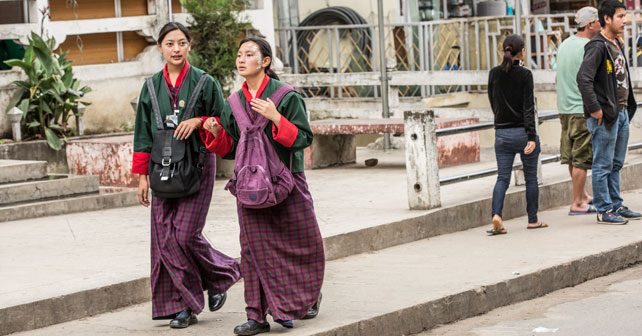
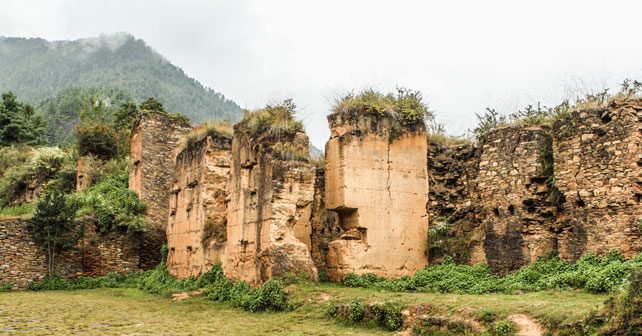
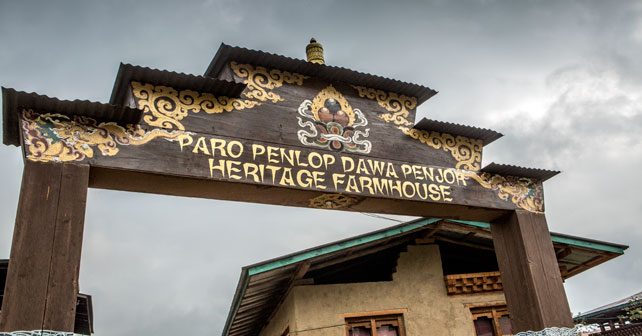
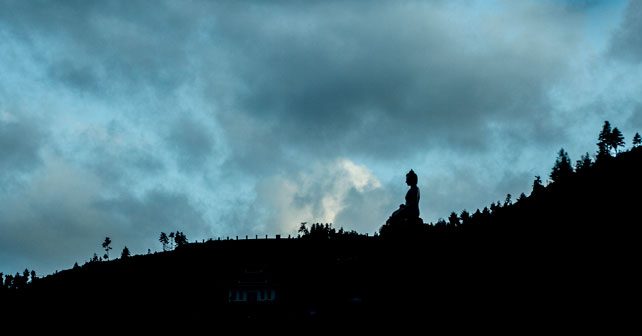
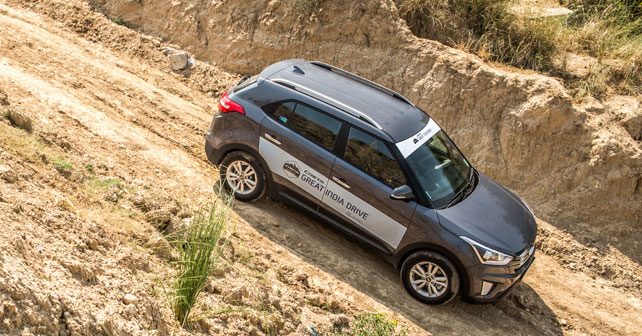
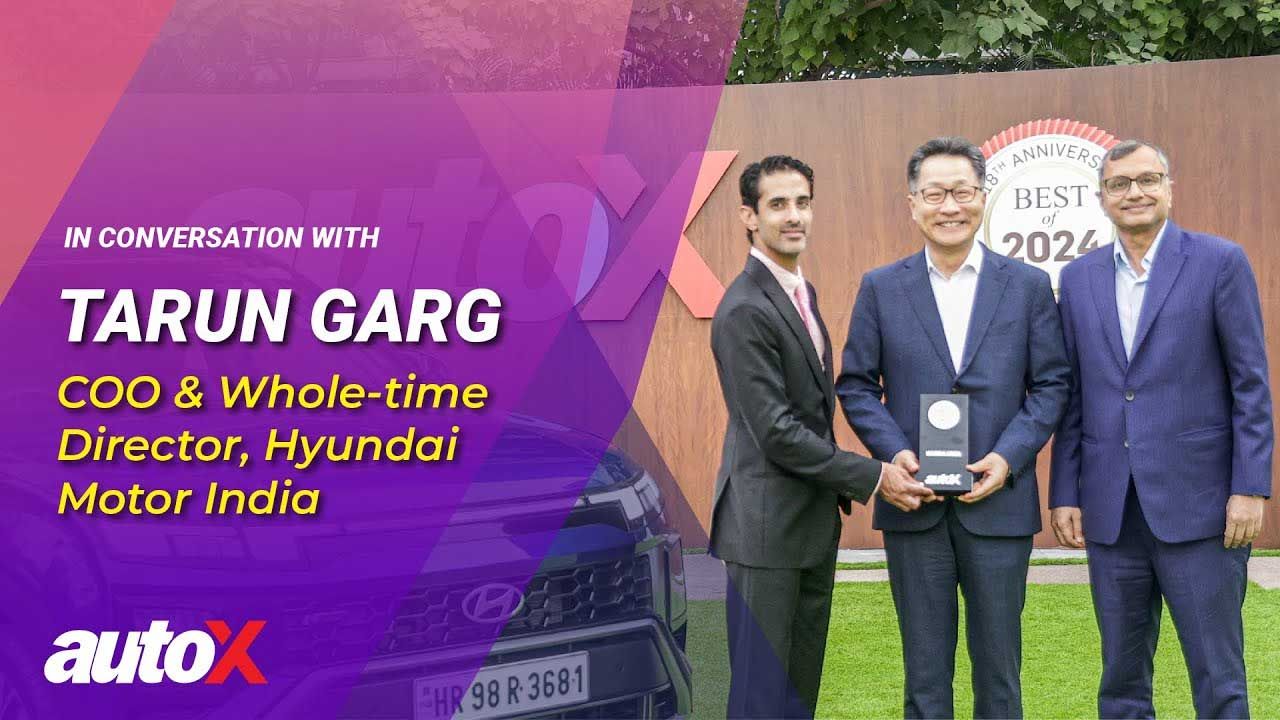
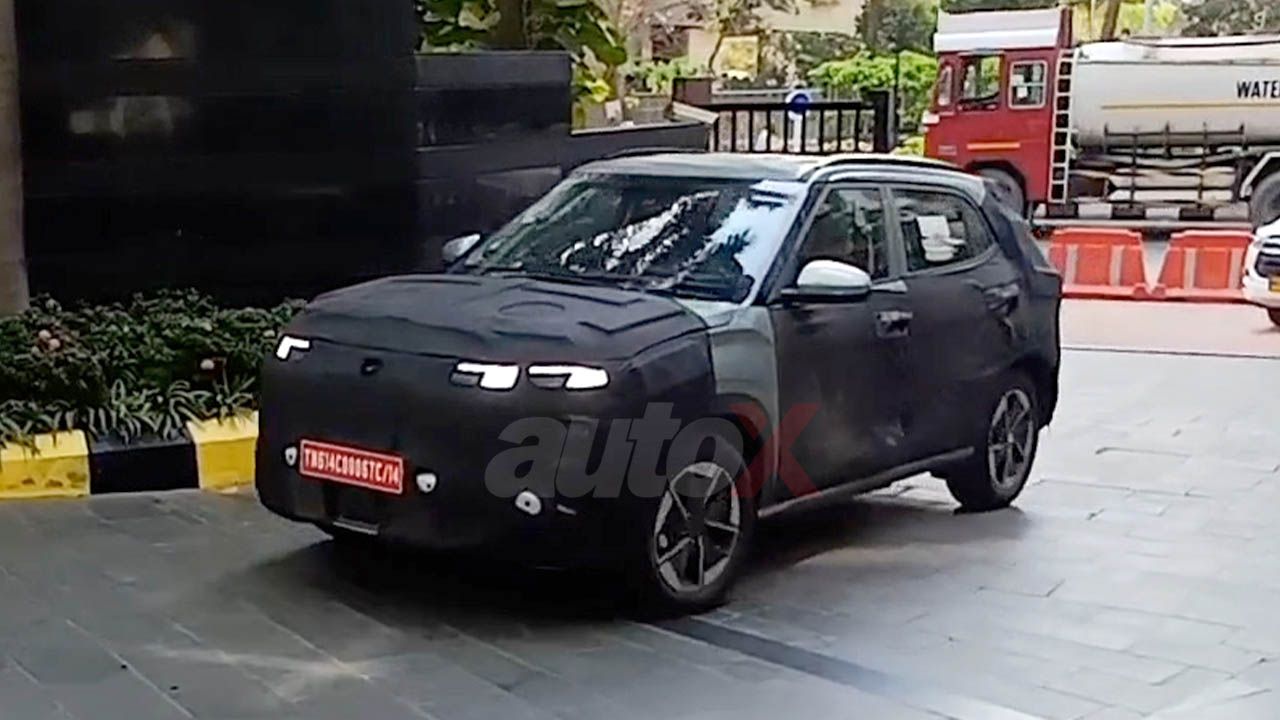
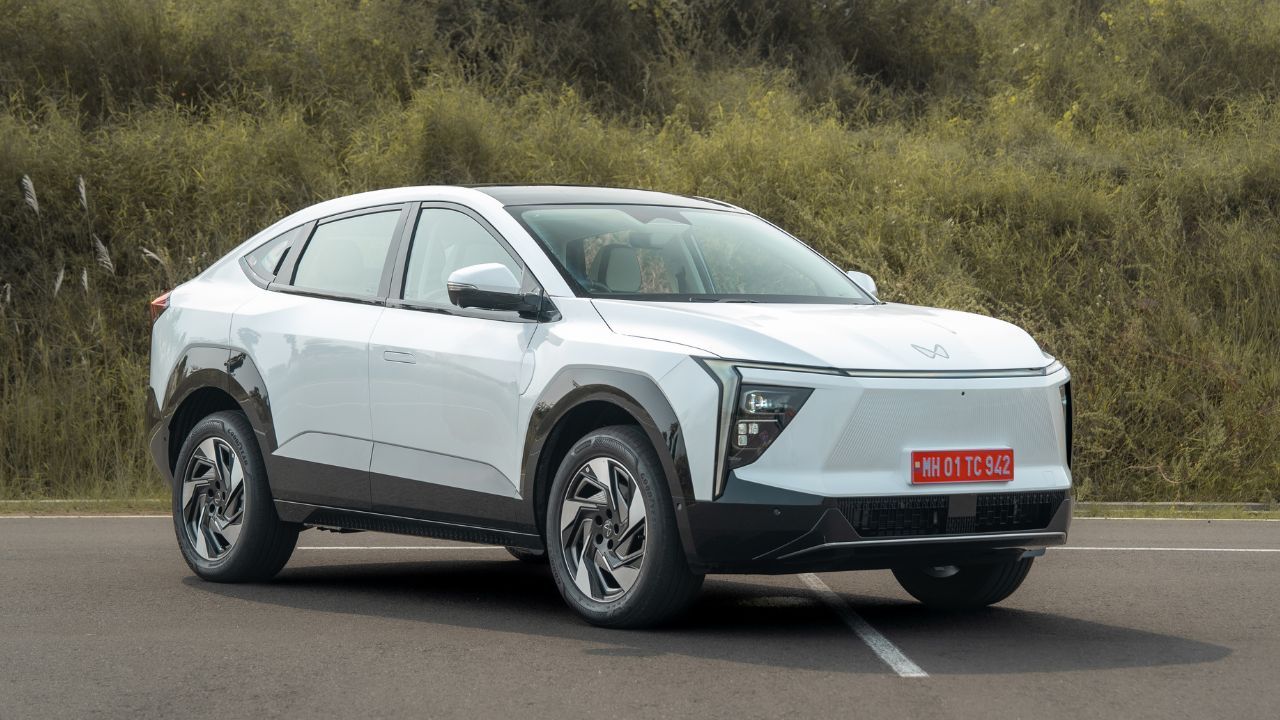
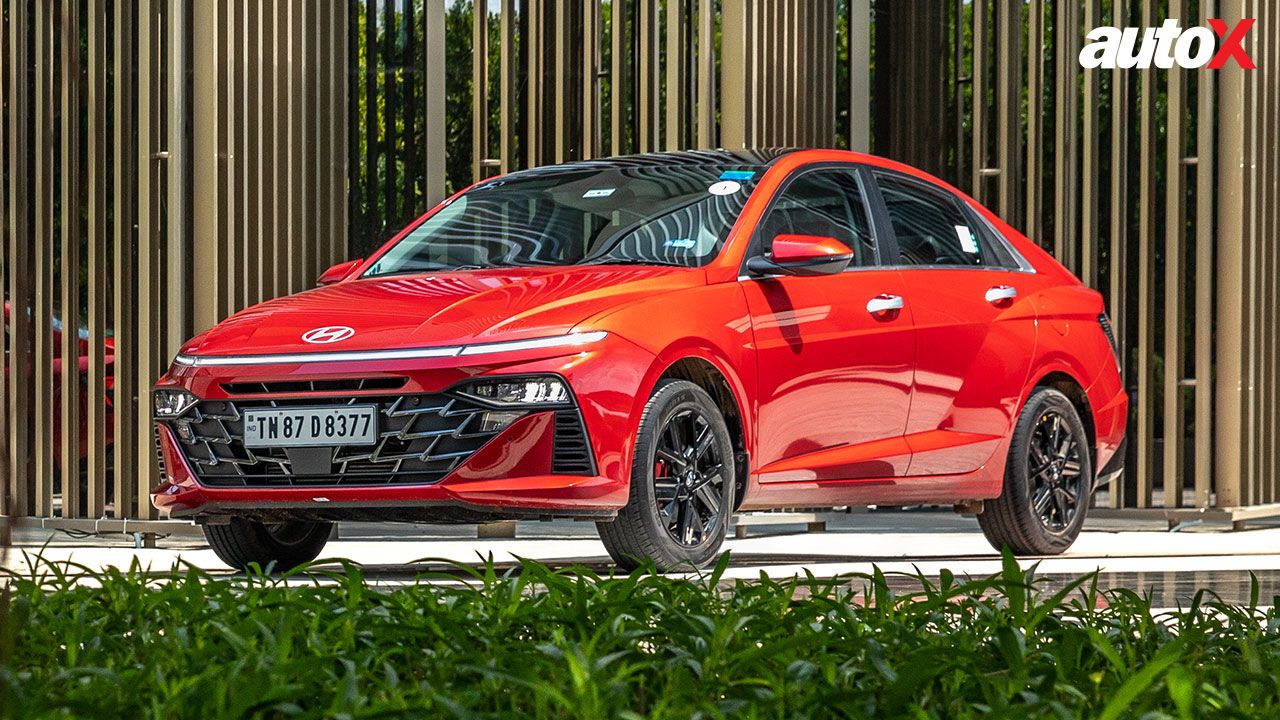
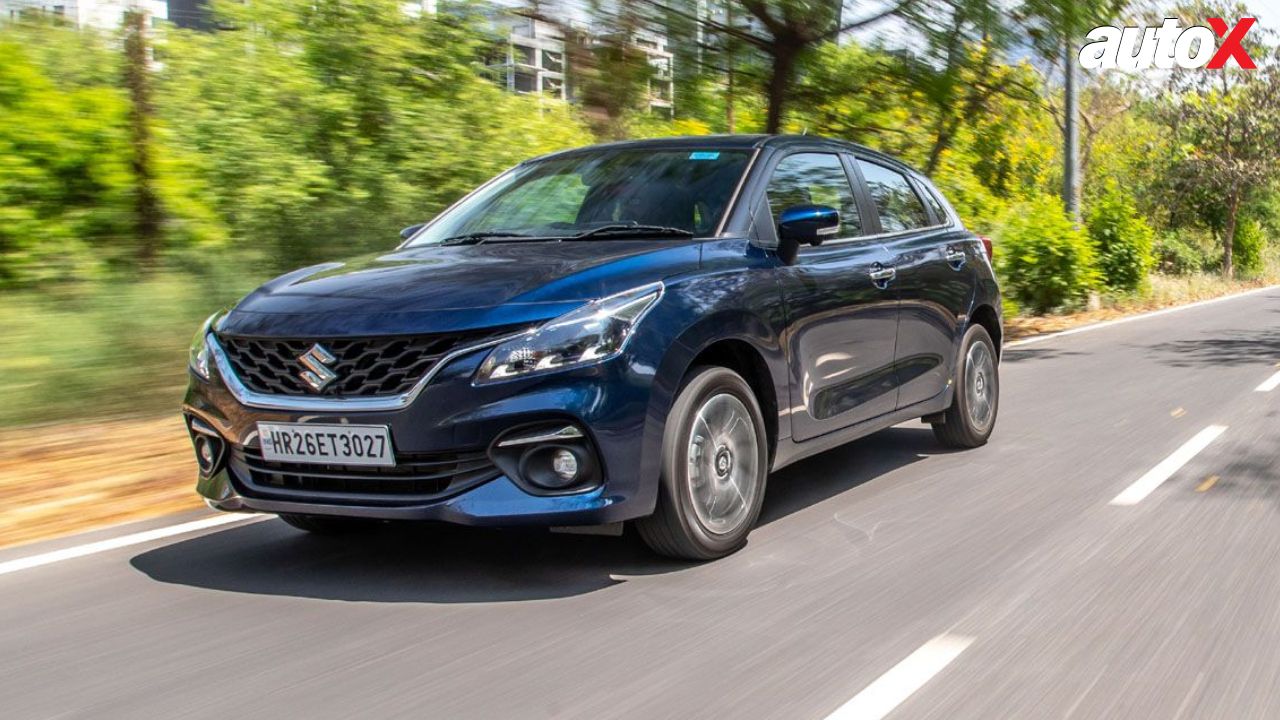
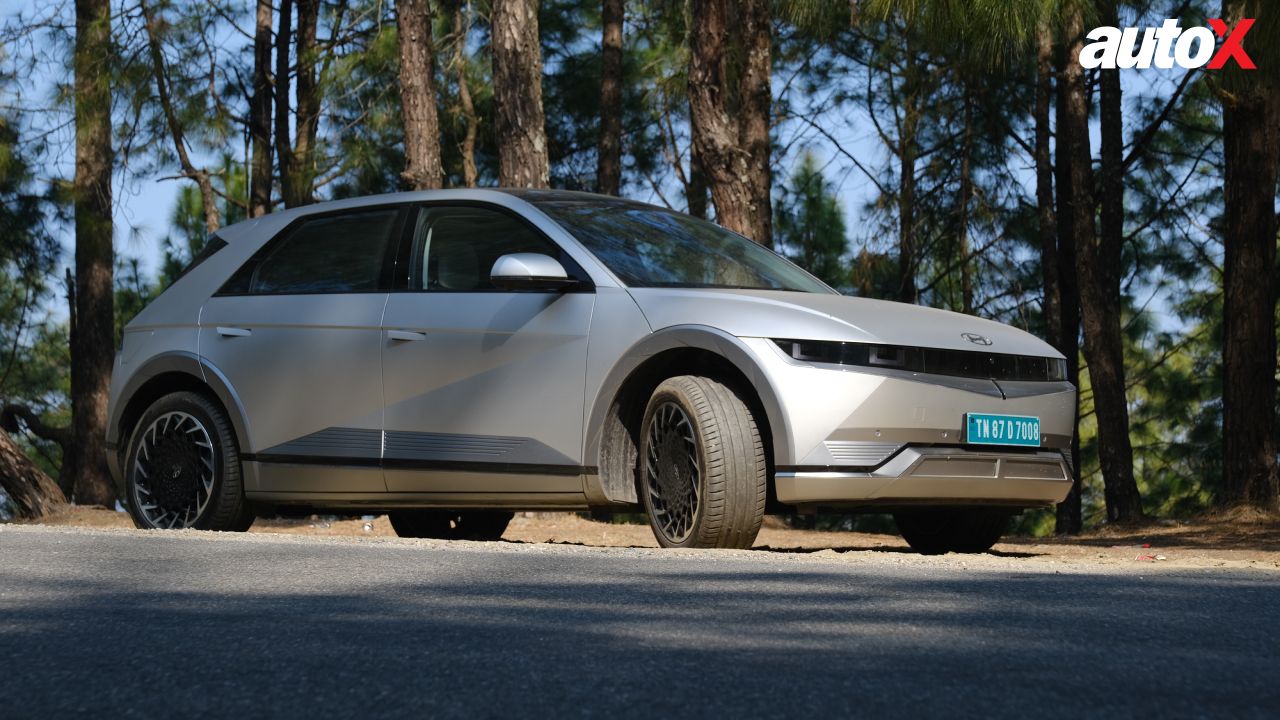

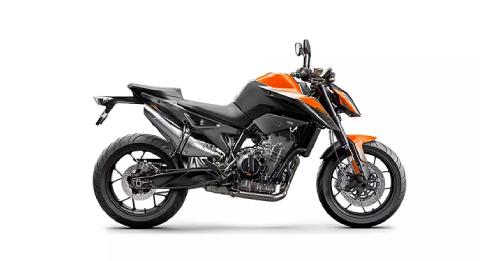
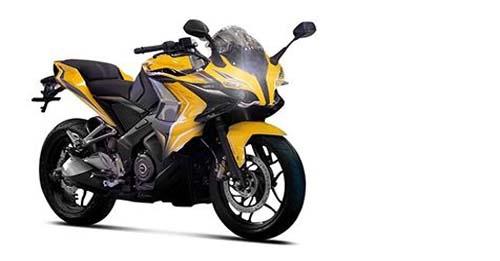
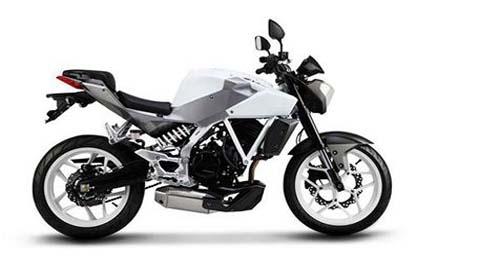
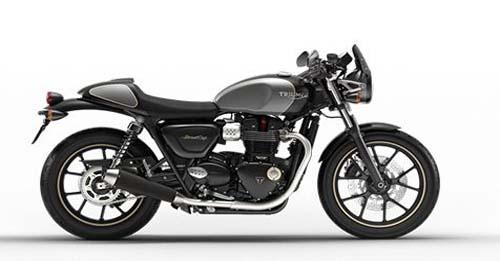
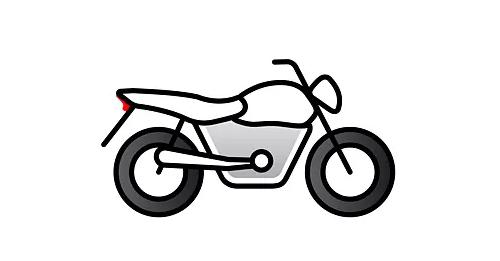
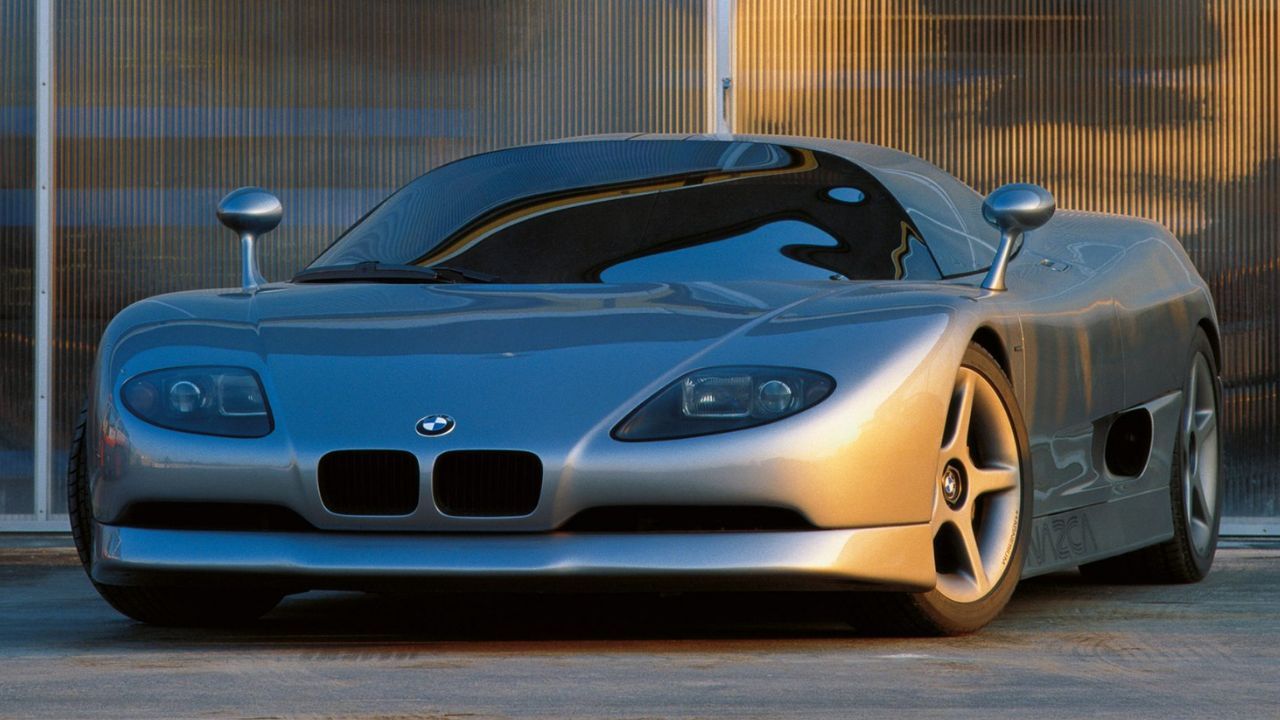

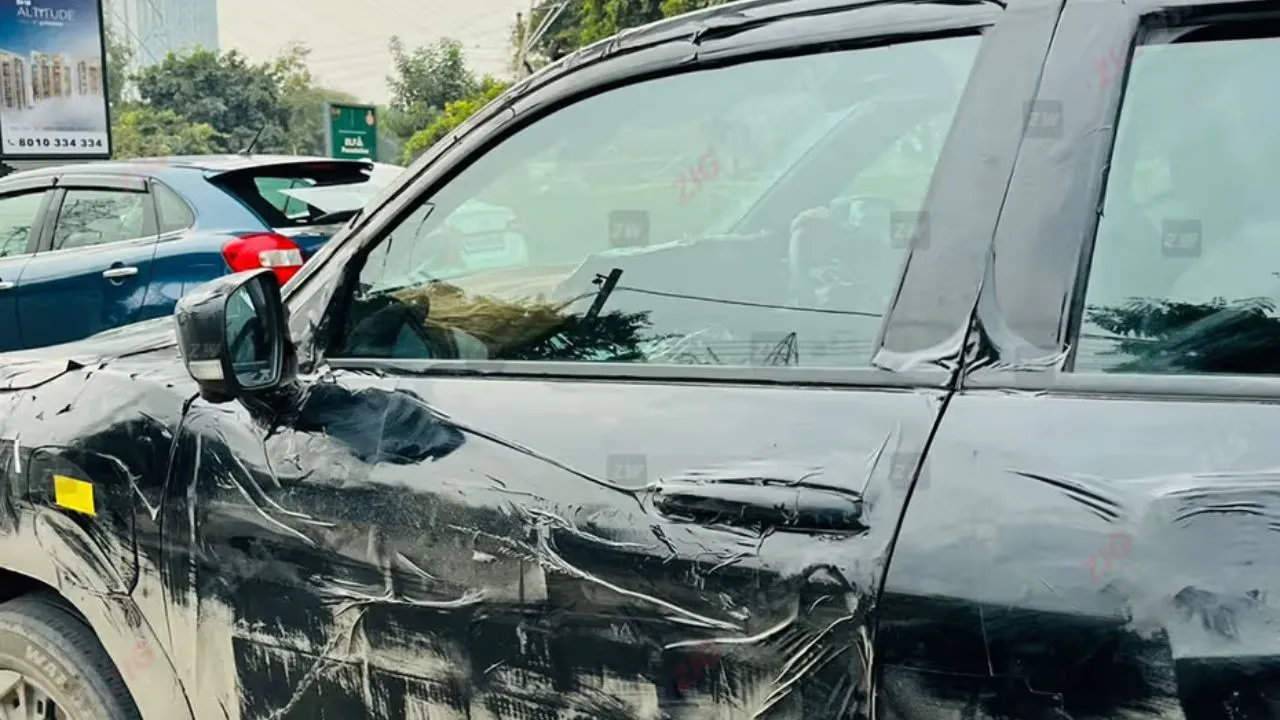
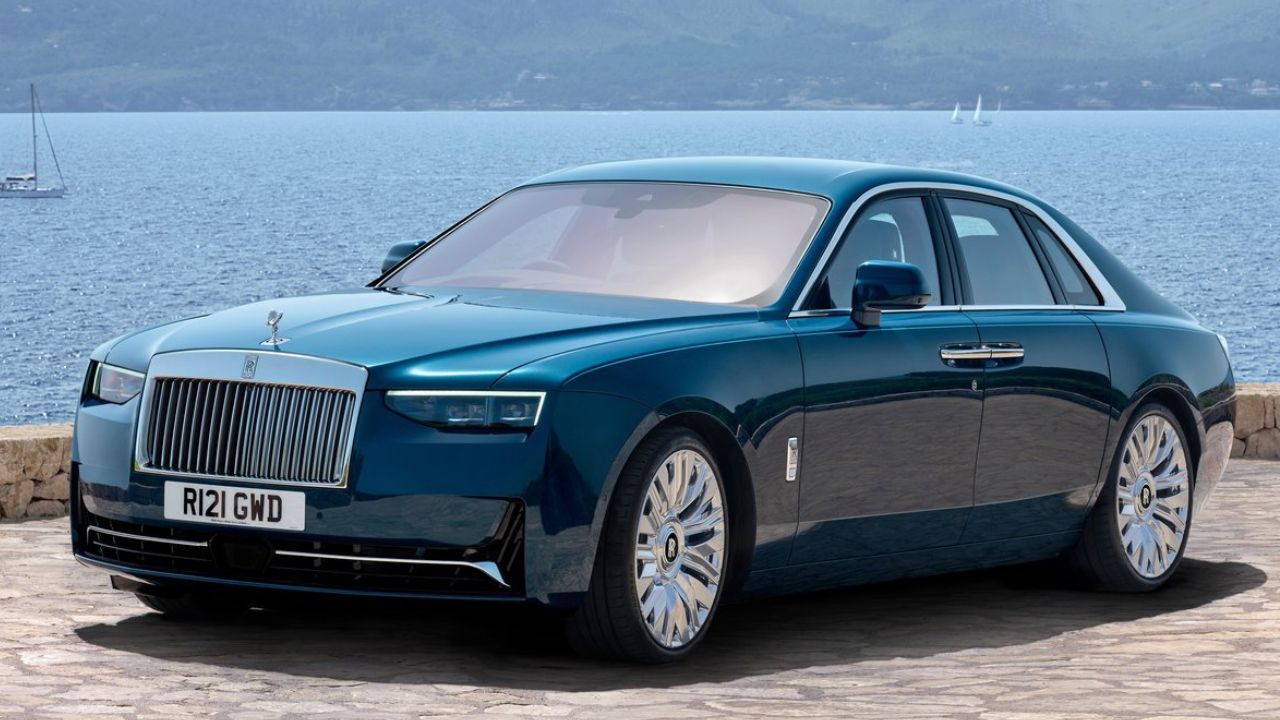
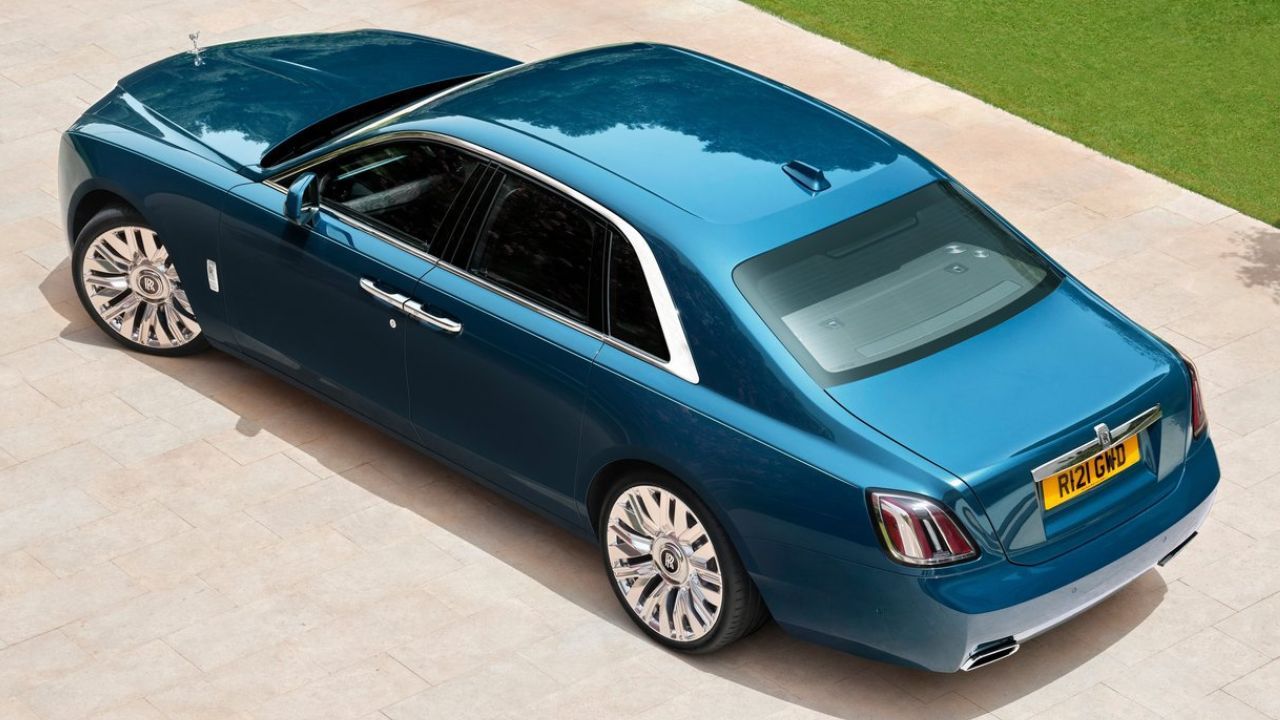
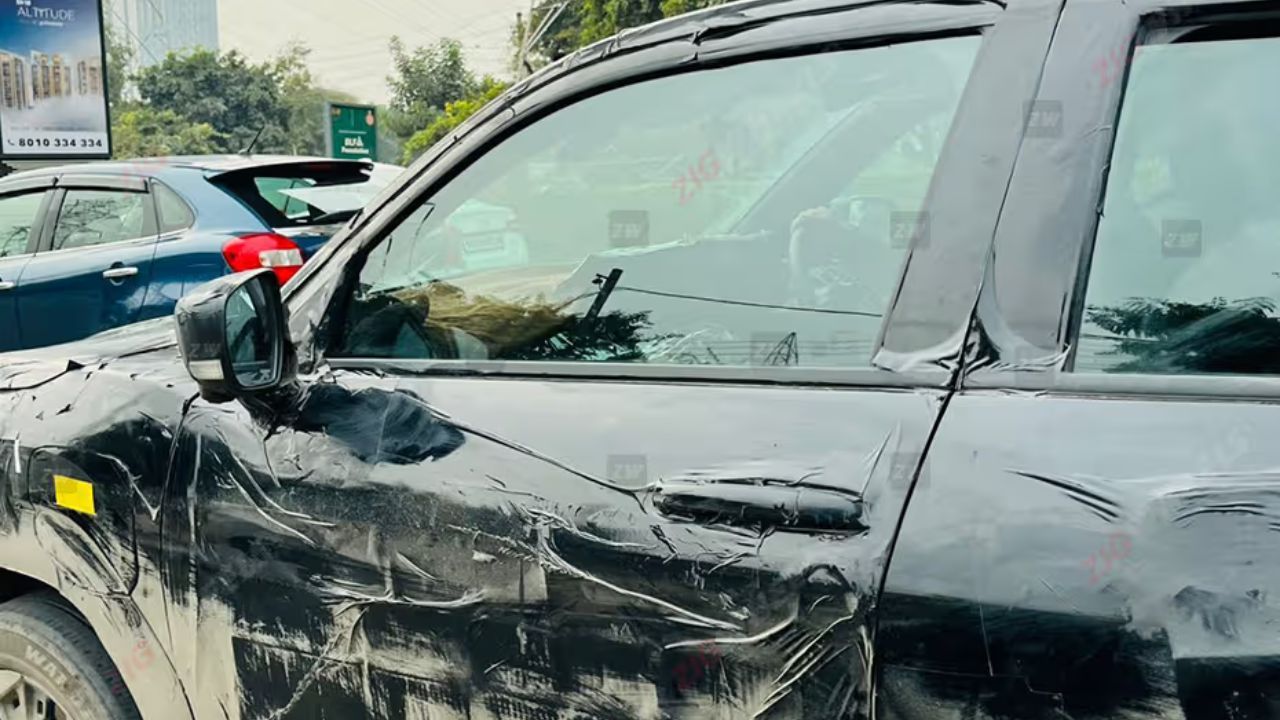
Write your Comment on